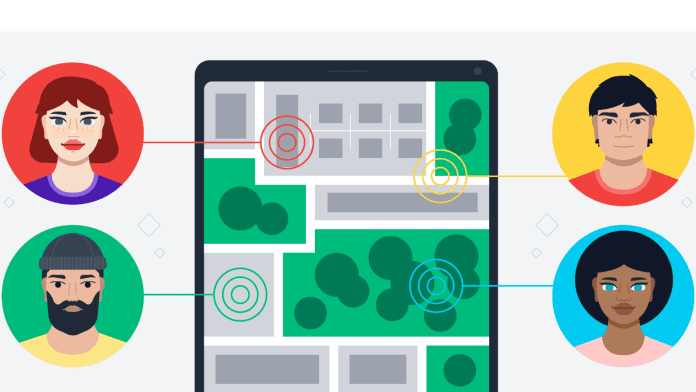Local appeal is about connecting with customers on a personal and geographic level. It acknowledges the importance of catering to the unique tastes, needs, and preferences of a specific region or locality. However, it doesn’t stop there. Successful businesses understand that by engaging customers at a local level, they can also extend their reach to a global audience.
Here are some location-based personalization strategies that work:
1. Geo Targeted Content

Use geotargeting to deliver content that is specific to a user’s location. For instance, if you have a global e-commerce platform, showcase products that are popular or relevant to customers in a particular region. Highlight local currencies, language options, and shipping information to create a more personalized experience.
2. Location-Based Promotions

Tailor promotions and offers based on a user’s location. For example, you can run location-specific discounts, special events, or promotions that are particularly appealing to customers in a specific area. This not only boosts engagement but also fosters a sense of community.
3. Localized Social Media Campaigns

Leverage social media to create location-specific campaigns. Use hashtags and keywords relevant to a particular region or city. Share user-generated content from local customers and engage with local influencers to expand your reach within those communities.
4. Personalized Local Recommendations

If your business offers products or services that vary by location, use personalization algorithms to suggest relevant options. For instance, a travel website can recommend local attractions, restaurants, or tours based on a user’s destination.
5. Localized Landing Pages

Create landing pages tailored to different locations. These pages can highlight region-specific offerings, contact information for local branches, and testimonials from customers in that area. This approach not only improves the user experience but also boosts SEO by targeting specific keywords related to each location.
6. Mobile Location Services

Utilize mobile location services to send push notifications or alerts when users are in proximity to your physical store or a relevant local event. These real-time notifications can encourage users to visit your store or take advantage of location-specific deals.
7. Customer Location Data Collection

Ask customers for their location information with their consent. This can be done during account registration or through mobile apps. With this data, you can offer a more personalized experience, including location-specific content and recommendations.
8. Monitoring and Analytics

Implement robust monitoring and analytics tools to track the performance of your location-based personalization efforts. Monitor metrics such as user engagement, conversion rates, and revenue generated by region. Use these insights to refine your strategies over time.
9. Respect Privacy and Data Security

While personalization is powerful, it’s essential to respect user privacy and data security. Clearly communicate your data usage policies, obtain consent for location data, and ensure that customer information is stored and used securely.
Location-based personalization is a dynamic strategy that bridges the gap between catering to local audiences and reaching a global market. By employing geotargeted content, location-based promotions, localized social media campaigns, personalized recommendations, landing pages, mobile location services, data collection, and robust monitoring and analytics, businesses can create a personalized experience that resonates with customers on a local and global scale. So, embrace the power of location-based personalization to enhance your brand’s appeal and expand your reach effectively.





